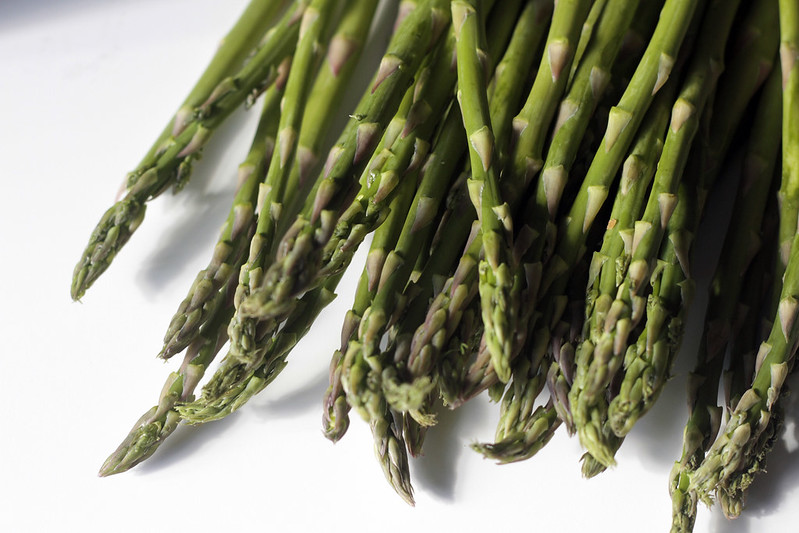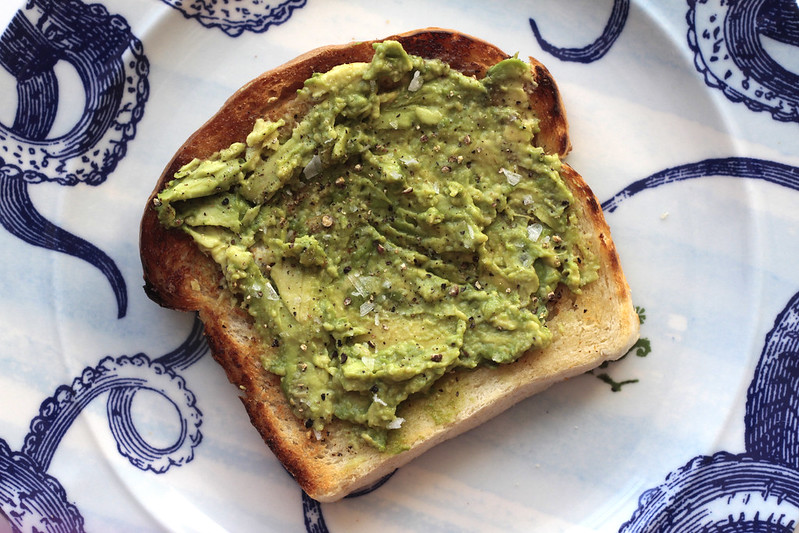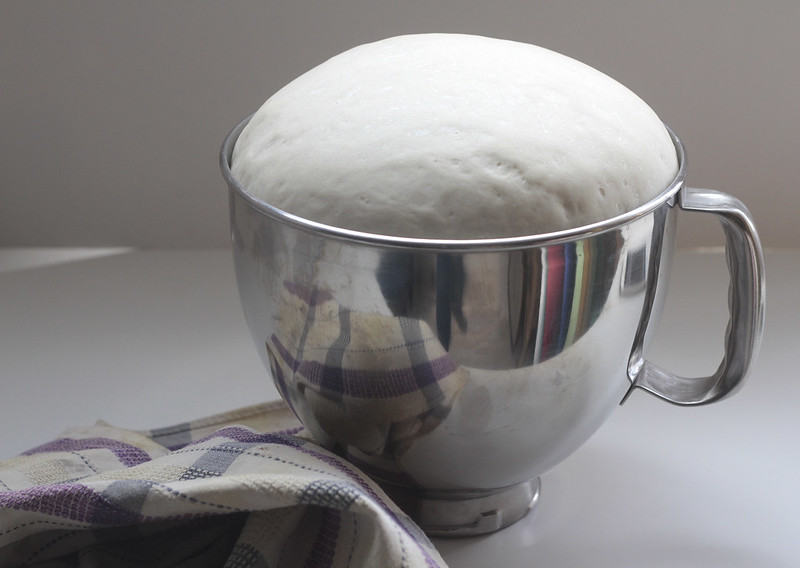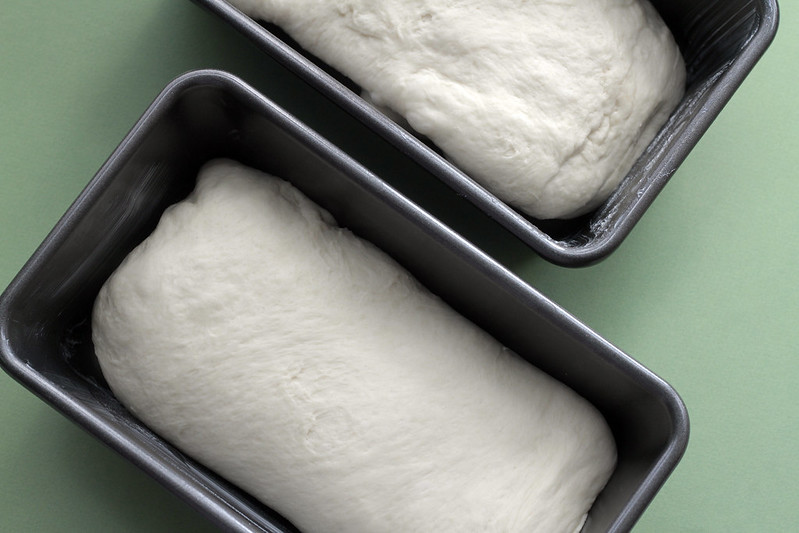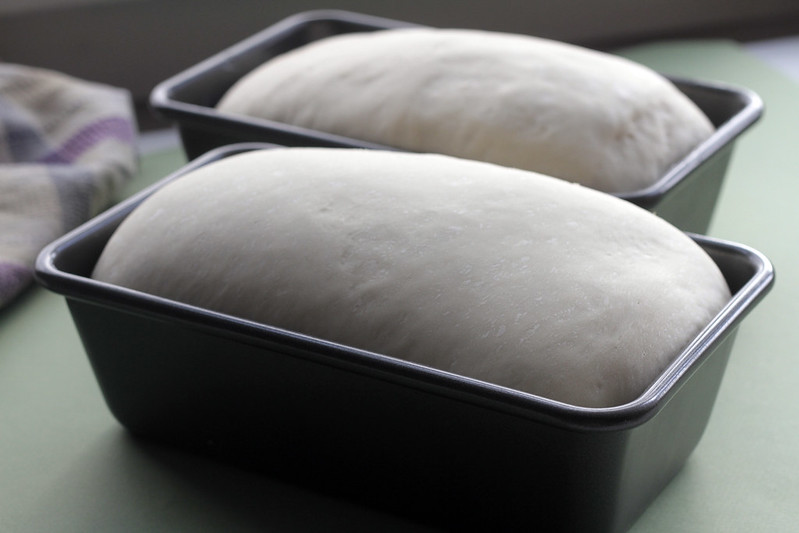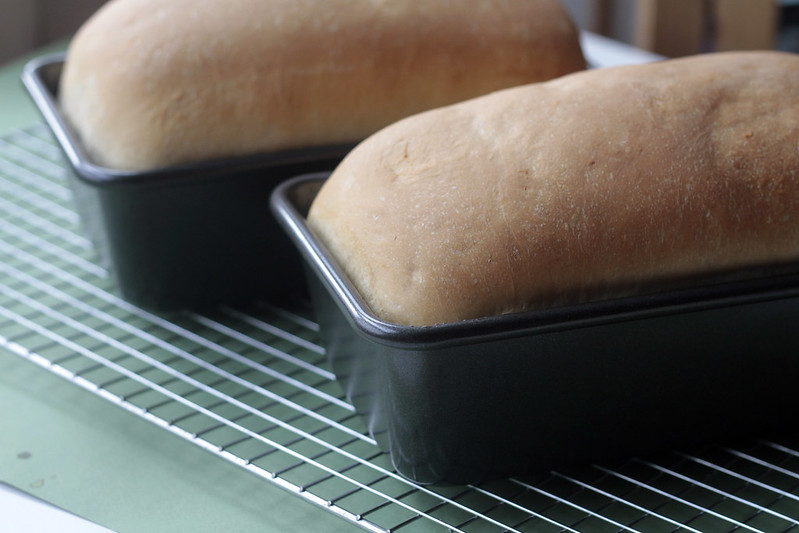It is thisclose to spring.
Sure, we’re in the middle of that weird part of the changing seasons when the weather flip-flops between sun and beers on patios, followed closely by fat flakes of snow coating the landscape. But even in these confused days of shifting temperatures and growing impatience for that first flush of green, I want to at least taste like spring has arrived.
I’m eager to shrug off the winter comfort foods — braises and creamy pastas — for the fresh flavours that come with the changing season. I want to nibble on green shoots and tender vegetables that are harbingers of longer, warmer days to come.
So, forgive me, because I’m about to cheat.
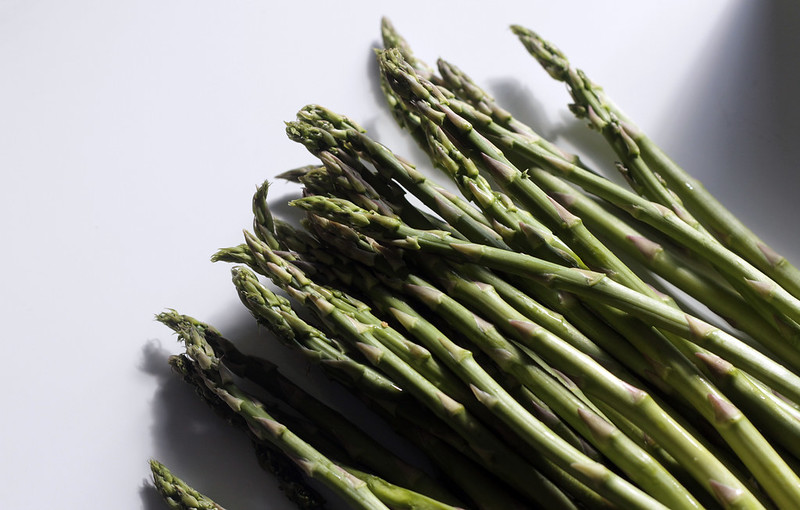
Here, it is not yet asparagus season — that’s still a good six weeks or so away — but I just need that first taste of it.
If you are more patient than me, feel free to bookmark this for later. But I won’t tell if you reach out for a bunch of asparagus at the grocery store because you’re also looking for something light and green to cleanse the winter palate.
Lemon, with its inherent brightness (which I argue makes it good for any season), matches well here and also seems to herald the changing of the seasonal guard.
It’s a perfect match with asparagus. Even in the colder months, when I crack and buy some to roast in a hot oven with a drizzle of olive oil and some salt and pepper, I will squeeze over a wedge of lemon or two to add some zing and cut the richness.
For spring, though, I want asparagus in salad form.
While we often think of steaming, roasting or grilling the green spears, it’s perfectly tasty without any heat being added to the mix. Sometimes I make salads by peeling off thin layers of the stalks to create ribbons. Other times, I make this salad, where I slice them into coins and add a bit of crunch with some walnuts and salty richness from some Parmesan cheese.
I came up with this recipe for Asparagus Salad with Parmesan and Lemon-Dijon Dressing when I was writing Pucker, which, it’s hard to believe, has now been out for about 16 months. At turns it feels like years and year ago, while in others it feels like I was just working on it, just seeing the designs, just holding my own copy for the first time.
I still find it a little hard to believe that I wrote a book, even more so when I stumble upon it in stores or get tweets from people about what they’ve made or how they’ve made some recipes their own. (Thank you to all who have tweeted or Instagrammed their dishes; it is so rewarding and I’m so grateful.)
So, maybe this is weird, but sometimes I crack my own copy to make something (why reinvent the wheel, right?). And right now, that’s this salad. I apologize in advance if making it — and talking about how it’s pretty much spring now — brings on the next great snowstorm. In that case, take the asparagus and roast it off instead. Just don’t forget the squeeze of lemon at the end.
Asparagus Salad with Parmesan and Lemon-Dijon Dressing
As published in Pucker: A Cookbook for Citrus Lovers, Whitecap Books (2014)
- 1 bunch asparagus (about 1 pound/500 g)
- 4 to 5 green onions, sliced
- 1 cup grated Parmesan
- 1/2 cup walnuts, toasted and coarsely chopped
Dressing:
- 2 tablespoons lemon juice
- 2 teaspoons Dijon mustard
- 1 teaspoon honey
- 1/2 teaspoon salt
- 1/2 teaspoon freshly ground pepper
- 2 tablespoons extra virgin olive oil
Chop off the rough ends of the asparagus and then slice crosswise into 1/4-inch coins, leaving the tips intact. In a large bowl, combine the chopped asparagus, green onions, Parmesan and walnuts.
In a jar with a lid or in a small bowl, combine the lemon juice, Dijon, honey, salt and pepper. Shake or whisk to mix thoroughly, then add the oil and shake or whisk again until the dressing has emulsified. Pour most of the dressing over the salad and toss. Add more dressing as needed. Serve immediately.
Serves 4.

